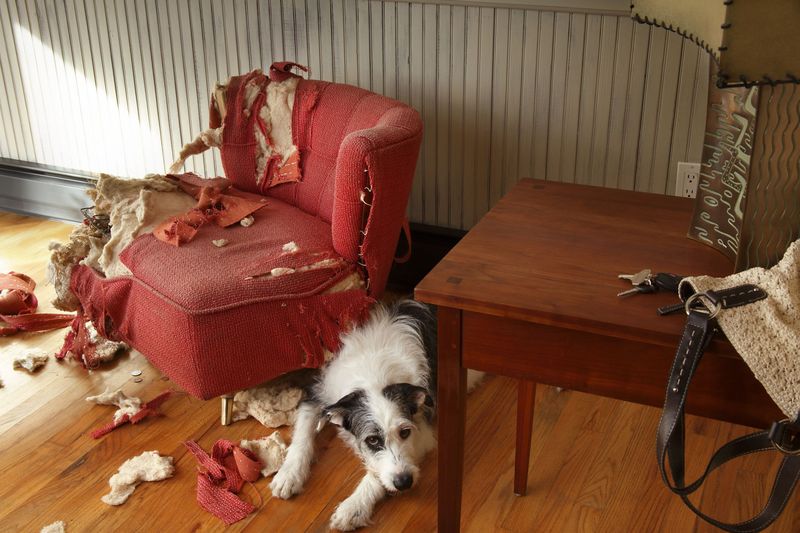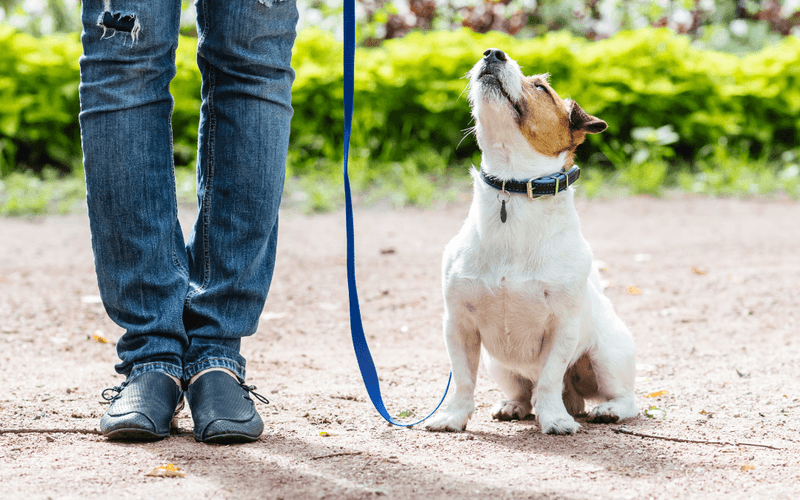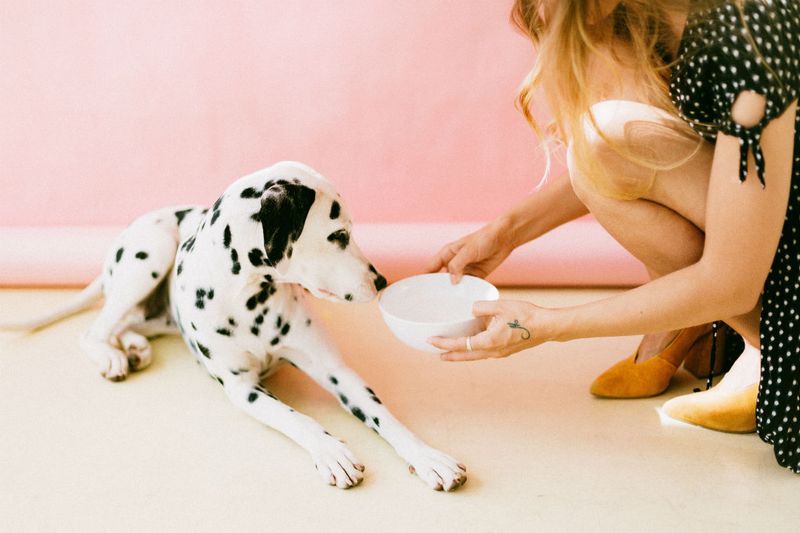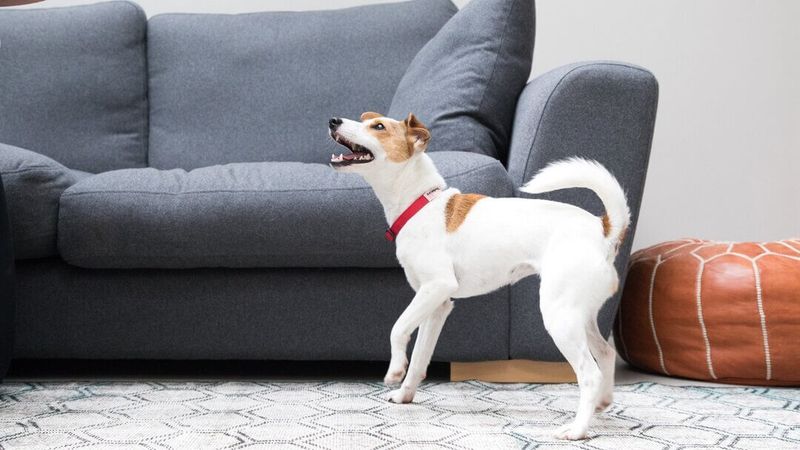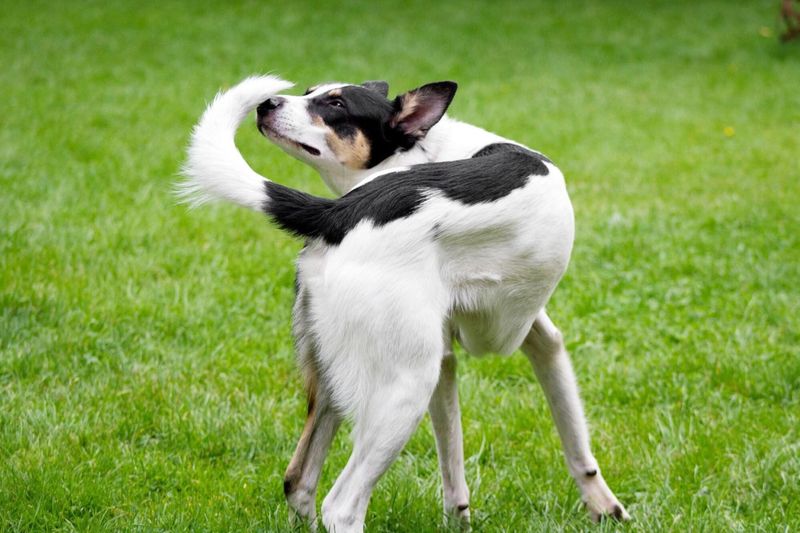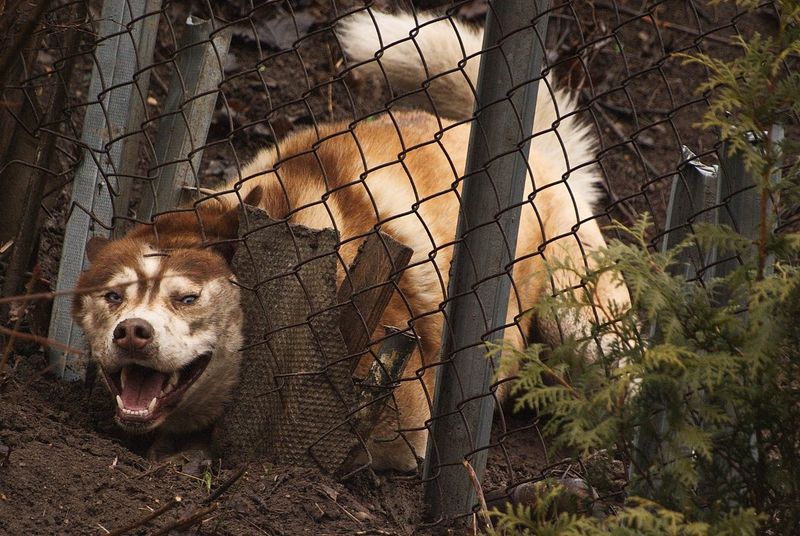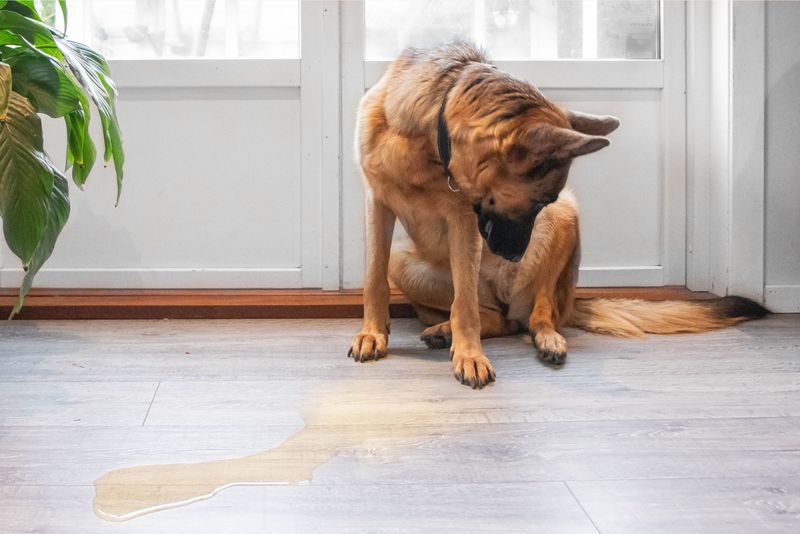Dog ownership comes with its share of responsibilities, including giving your furry friend the attention they deserve. Dogs communicate their needs through various subtle signs which, if ignored, can impact their well-being. This blog post explores 16 signs to help you understand when your dog might be craving more time with you.
Destructive Behavior
Is your furniture taking a beating? When your dog begins to chew, dig, or destroy household items, they might be crying out for more attention. This destructive behavior usually stems from boredom, frustration, or anxiety.
Picture your pup, full of energy, eyeing your favorite pair of shoes. They don’t hate your style; they’re just seeking an outlet. Providing more interactive playtime or mentally stimulating toys can help curb these destructive tendencies. A tired dog is a happy dog, so consider increasing your daily walks or introducing new games.
Clingy Behavior
Is your dog suddenly your shadow? Clingy behavior, like following you from room to room, is often a clear sign they need more attention. This heightened attachment can signal that your dog feels insecure or anxious when left alone.
Imagine trying to make dinner with an adorable, yet persistent, pup by your side. Instead of becoming frustrated, take this as an opportunity to spend some quality bonding time with your furry friend. Engage them with activities that require teamwork, like fetch or training sessions, to build their confidence and ease their anxiety.
Ignoring Commands
If your once well-behaved dog starts ignoring commands, it might be a message that they need more interaction. Disobedience can stem from boredom or frustration due to lack of stimulation.
Consider this: your dog used to sit promptly at your command, but now they’re giving you the cold shoulder. It’s not rebellion; it’s a plea for more engaging activities. Start with short, fun training sessions that reinforce their skills and provide positive reinforcement. This not only enhances their obedience but also strengthens your bond.
Loss of Appetite
Is your dog turning up its nose at meal times? A sudden disinterest in food might indicate that they are feeling stressed or anxious due to a lack of attention.
Imagine your dog, normally enthusiastic about kibble, now barely glances at their meal. This change can be alarming, indicating that something’s amiss. Before jumping to health conclusions, consider whether your furry friend is feeling emotionally neglected. Try incorporating more playtime and affection throughout the day to see if their appetite improves. If not, consult a vet.
Excessive Barking
Does your dog seem to have a lot to say lately? Excessive barking can be a sign that your dog is feeling neglected. By communicating through endless barks, your dog might be trying to express their craving for attention.
This behavior can be accompanied by restless pacing. Imagine a scenario where your furry companion barks at everything, from the mailman to the wind. What they’re really asking for is quality time with you. If your dog’s barking becomes more frequent, it might be time to engage with them through play or a stroll in the park.
Excessive Licking
Does your dog seem fixated on licking their paws, fur, or even the floor? Excessive licking can be a stress response due to lack of attention.
Imagine your furry friend, diligently grooming themselves to the point of raw skin. This behavior might signify that your dog is feeling overwhelmed or neglected. Increasing interactive playtime, offering more affection, or even trying new enrichment activities might distract them from this habit. If the behavior persists, consult a veterinarian to rule out allergies or other health issues.
Depression or Lethargy
Does your normally energetic dog seem down? Depression or lethargy can be signs that your dog is not receiving enough mental or physical stimulation.
Picture your once lively pup gazing out the window with a sigh. This behavior change might be your dog’s way of saying they miss your interaction. Trying new activities, going on adventures, or simply increasing snuggle time may help lift their spirits. Remember, dogs thrive on companionship, and your presence is the best medicine for their doldrums.
Restlessness at Night
Is your dog keeping you up with midnight antics? Restlessness at night can indicate that they’re not receiving enough attention during the day.
Envision your dog wandering aimlessly through the house while you attempt to sleep. Their restless energy could be a sign of pent-up frustration or lack of daytime interaction. To help them sleep soundly, ensure they have plenty of exercise and mental stimulation throughout the day. A tired dog is more likely to have a restful night’s sleep.
Excessive Whining
Is your dog’s whining reaching new decibels? This vocalization can be their way of expressing a need for more attention and companionship.
Visualize your pup, eyes wide with longing, voicing their desire for connection. Whining often indicates that they feel lonely or anxious. Responding with positive reinforcement, such as playtime or gentle petting, can alleviate their distress. Remember, your dog’s voice is their tool for communication, and understanding its nuances can deepen your bond.
Compulsive Tail Chasing
Is your dog caught in a perpetual game of chase? Compulsive tail chasing can signal that your dog is not receiving adequate mental stimulation or exercise.
Picture your pup, eyes bright and tail spinning, caught in a whirl of self-chase. Though it might seem amusing at first, this behavior can indicate boredom or anxiety. Introduce new games, puzzles, or training exercises to engage your dog’s mind and body. A well-stimulated dog is less likely to resort to repetitive behaviors for amusement.
Frequent Escaping
Is your adventurous dog making escape attempts? Frequent escaping can indicate that they’re seeking more excitement or companionship.
Imagine your dog, digging with determination beneath the backyard fence, seeking freedom. This behavior often stems from a lack of stimulation or anxiety. Providing a secure environment filled with engaging activities, toys, and companionship can deter their wandering instincts. Consider interactive playdates or new walking routes to satisfy their curiosity and keep them safe at home.
Increased Sleeping
Is your dog snoozing more than usual? While dogs love their naps, increased sleeping can be a sign of boredom or depression due to lack of attention.
Visualize your furry friend, lounging in a sunny spot, snoring softly. While rest is essential, excessive sleep might indicate that they’re not receiving enough stimulation. Engaging in more playtime, training, or outdoor adventures can invigorate your dog’s routine and reduce their sleeping hours. A lively day leads to a balanced rest.
Constant Attention-Seeking
Is your dog a professional at catching your attention? Constant attention-seeking behavior, like nudging or barking, often indicates they crave more interaction.
Imagine your pup, toy in mouth, persistently nudging you with hopeful eyes. They’re not just trying to annoy you; they’re inviting you to join their world. Allocating time for shared activities, like fetch or hide-and-seek, can satisfy their need for companionship. Remember, your dog cherishes your presence, and even a few minutes of focused attention goes a long way.
Inappropriate Elimination
Is your house-trained companion having accidents indoors? Inappropriate elimination can be a sign of stress or anxiety from feeling neglected.
Picture your dog, eyes downcast, beside an unexpected puddle on the floor. It’s not a lapse in training; it could be a call for more attention. Increasing interaction through affection, play, and routine can alleviate anxiety and prevent future incidents. Consistent schedules and positive reinforcement during house training also support your dog’s sense of security.
Sudden Aggression
Is your gentle dog suddenly displaying aggression? This behavior can emerge from stress, anxiety, or lack of attention.
Imagine your normally calm companion, suddenly growling in a park. It’s not about being bad; it’s their way of communicating discomfort or unease. Increasing positive interactions and building a trusting relationship can ease aggression. Engaging in consistent training and socialization will also foster a calm and confident demeanor.
Hiding or Seeking Solitude
Is your dog retreating to secluded spots? Hiding or seeking solitude can signify that they’re feeling overwhelmed or neglected.
Visualize your furry friend, tucked away under the bed, avoiding interaction. While solitude can be a natural tendency, excessive hiding might indicate emotional distress. Encourage socialization through gentle coaxing and reward-based interaction to rebuild their confidence. Remember, your presence is comforting, and gradually increasing engagement can help them feel safe and loved.

